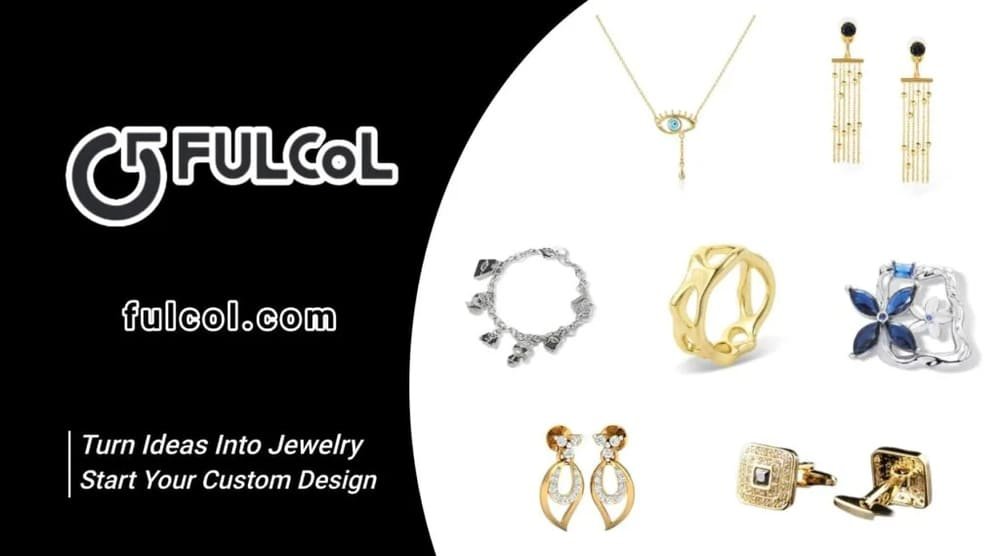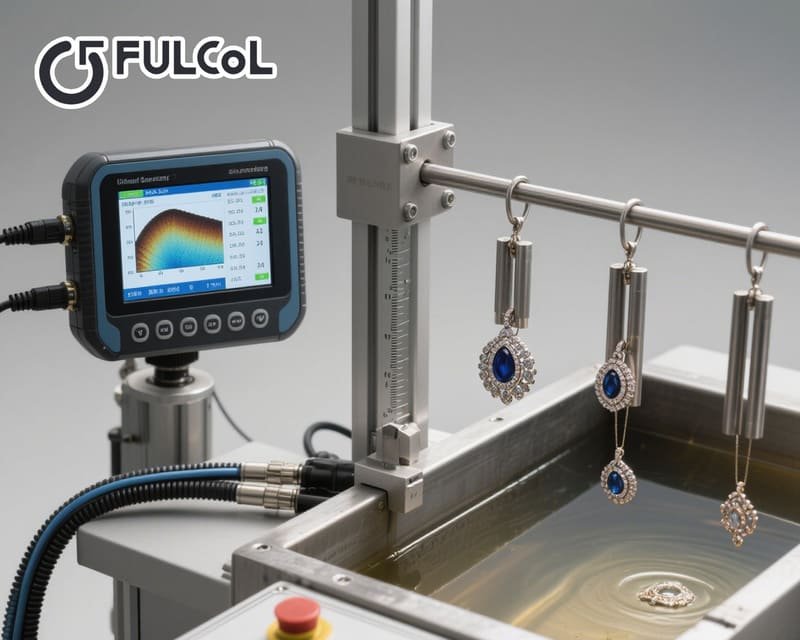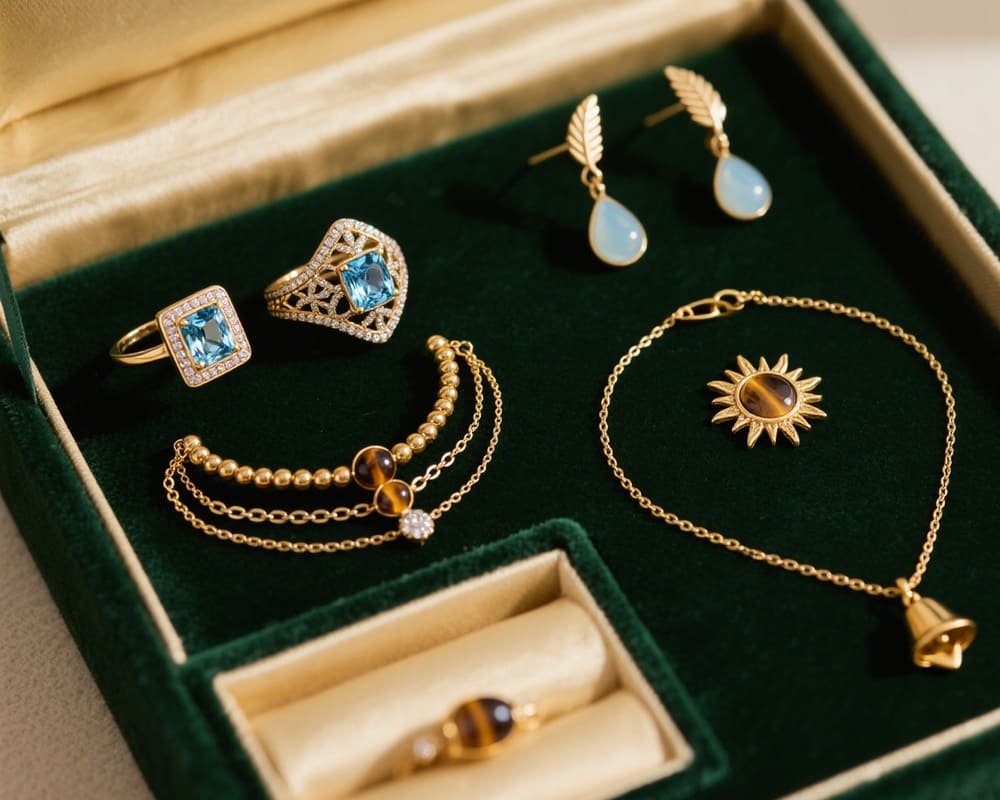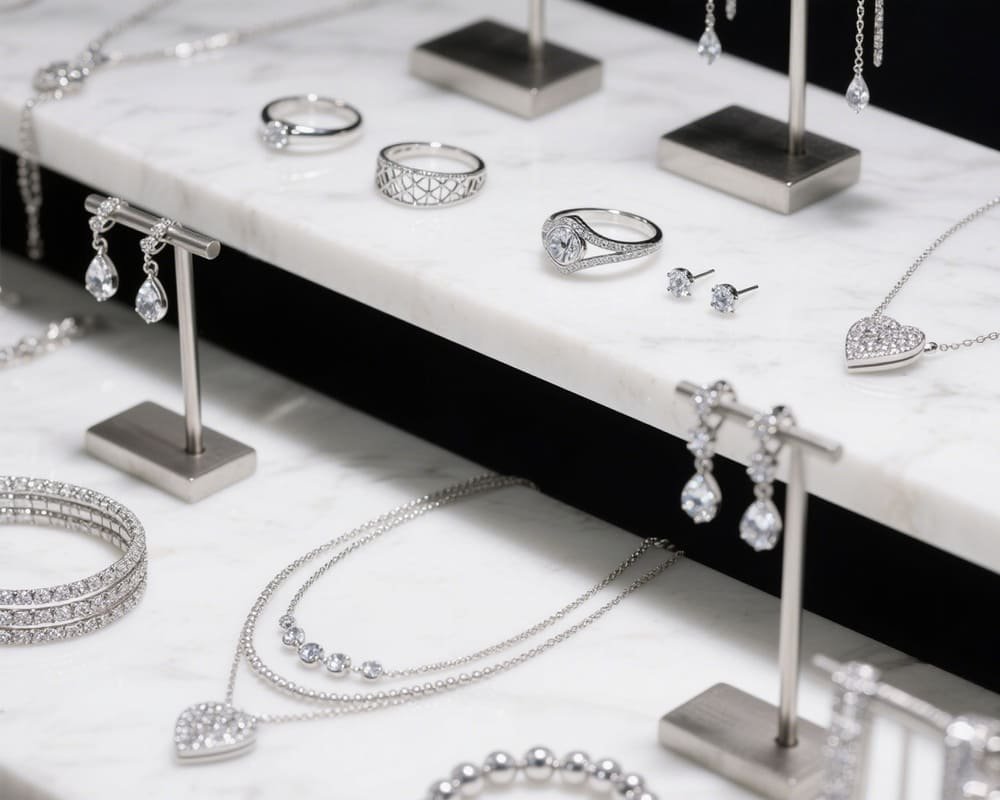Table of contents
Principles and Mechanisms of Jewelry Plating
Jewelry plating is a surface treatment technology based on electrochemical principles. By applying current in an electrolyte solution, metal ions are deposited onto the surface of the jewelry base, forming a dense and uniform layer.
- Electrochemical mechanism: The electric current drives metal ions to migrate and deposit onto the jewelry substrate.
- Bonding mechanism: The coating adheres to the base through mechanical adhesion, chemical bonding, and in some cases metallurgical bonding.
- Thickness-performance relationship: A coating that is too thin wears off or fades easily, while overly thick coatings reduce flexibility and increase costs. Proper control is essential.
- Key process parameters: Current density, temperature, plating time, and electrolyte composition all directly affect the brightness, durability, and uniformity of the plating layer.
This principle makes jewelry plating not only a decorative technique, but also a critical engineering step in the manufacturing of custom jewelry china products.
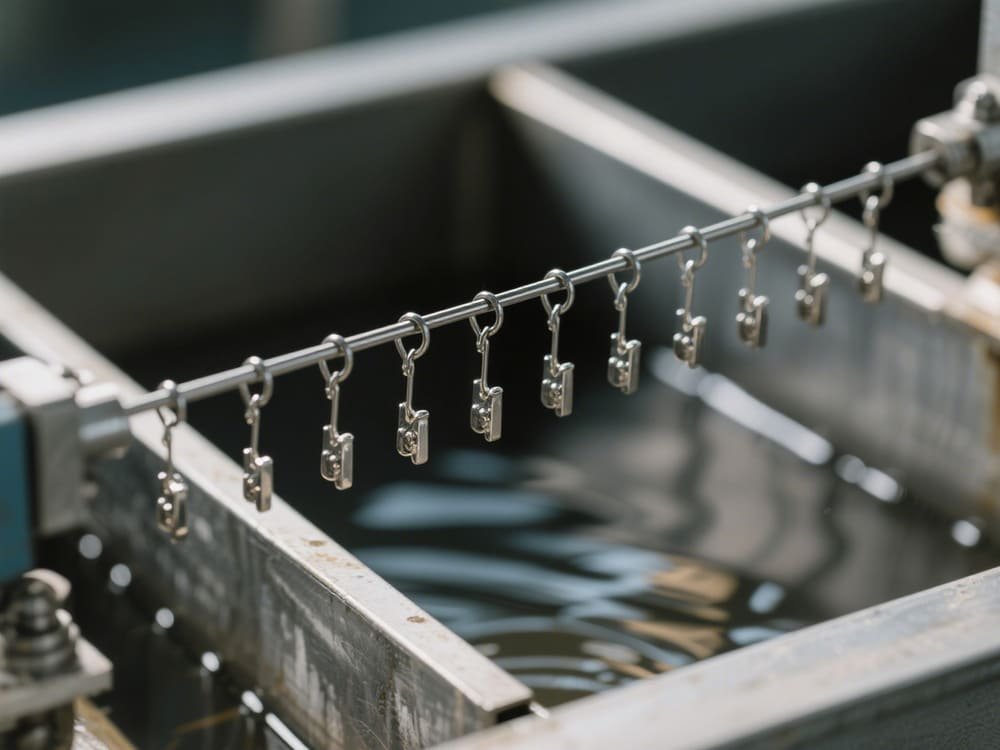
Common Types of Jewelry Plating
The type of plating chosen in custom jewelry manufacturing determines the final look, durability, and market positioning of a piece.
- Gold plating: Represents luxury, widely used for rings and necklaces. Offers the luster of gold but at a fraction of the cost compared to solid gold.
- Rhodium/Platinum plating: Common in silver jewelry and engagement rings. Provides a bright, white shine and strong resistance to tarnish.
- Rose gold plating: Warm and romantic tones, popular among younger consumers and fashion-forward buyers.
- Silver plating: Affordable, but prone to oxidation. Requires regular care and protective finishing.
- Black rhodium plating: A modern and avant-garde choice, often seen in high-end or custom jewelry designs for bold aesthetics.
- Comparison analysis: Different plating methods vary in appearance, durability, cost, and ideal use cases. This helps jewelry brands and buyers choose the right solution when working with a custom jewelry supplier.
Advantages and Value of Jewelry Plating
Jewelry plating brings far more than just a beautiful finish—it creates functional and economic value.
- Aesthetic value: Provides rich color variations and luxurious surface effects.
- Functional value: Enhances corrosion resistance, hardness, and scratch resistance, extending the lifespan of jewelry.
- Economic value: Reduces the use of expensive precious metals while retaining a premium appearance, helping brands control costs.
- Customization value: Enables a custom jewelry supplier to meet diverse client needs with personalized finishes.
- Environmental compliance: Eco-friendly plating technologies following ROHS and REACH standards are increasingly adopted in custom jewelry china manufacturing, aligning with global sustainability trends.
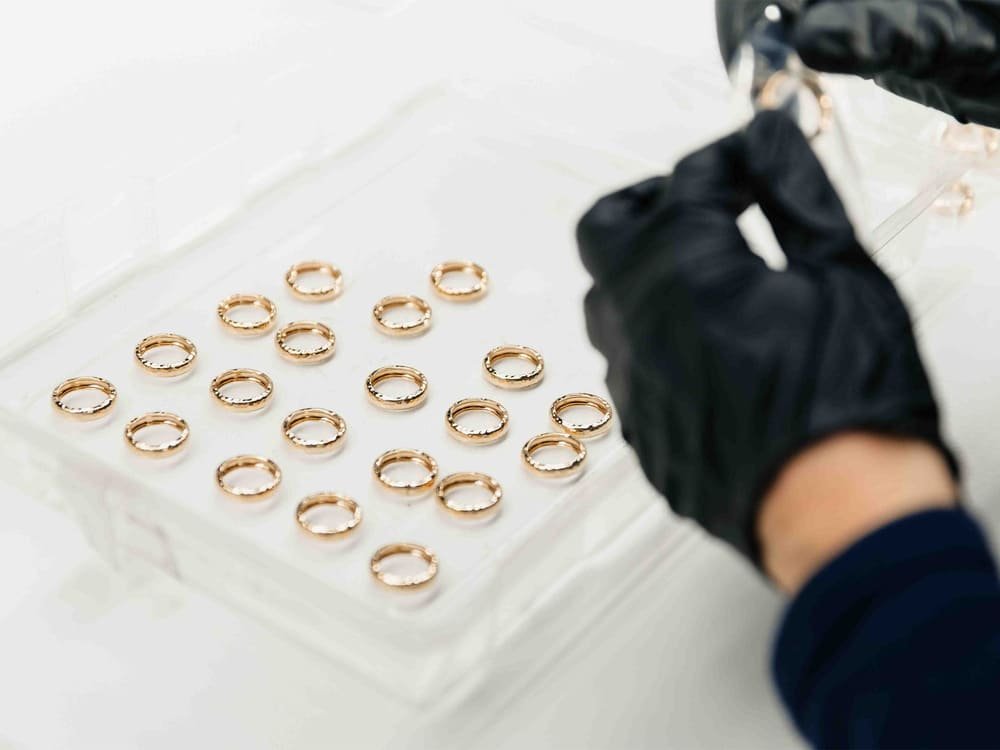
Jewelry Plating Process and Recommended Methods
A high-quality plating result depends on standardized processes and strict quality control.
- Standard process: Includes substrate cleaning, surface polishing, pre-plating, main plating, and protective sealing.
- Tools and equipment: Ultrasonic cleaners, barrel plating machines, and thickness testing devices are essential for consistency.
- Surface preparation: Any oil, oxidation, or scratches on the surface significantly affect adhesion and final appearance.
- Quality testing: Thickness measurement, adhesion strength testing, and salt spray corrosion tests are commonly used to ensure durability.
- Scale differentiation: Small studios may use simpler tools for one-off custom orders, while large-scale factories employ automation for efficiency and uniform quality.
For jewelry buyers, understanding this process allows better communication with a custom jewelry supplier, ensuring expectations are met.
How to Choose the Right Custom Jewelry Supplier
The quality of jewelry plating is directly tied to the technical expertise of the supplier.
- Evaluation standards: Assess whether the custom jewelry supplier has advanced plating technology, testing systems, and successful case studies.
- Advantages of China supply chain: Custom jewelry china factories benefit from a mature industrial ecosystem, cost efficiency, and skilled workmanship, making them attractive partners.
- International buyers’ concerns: Confirm compliance with international safety and environmental regulations, and request transparent plating parameters.
- Case references: Real project examples—from small trial batches to mass production—highlight the critical role plating plays in product success.
Choosing the right partner ensures not only beautiful jewelry but also long-lasting performance.
| Start Your Custom Order | Email: info@fulcol.com | Number: +86 13055603907 |
Jewelry plating is more than just surface decoration; it is a vital link in the value chain of custom jewelry. From aesthetics and durability to cost optimization and sustainability, plating technology determines both product quality and market competitiveness.
For brands and entrepreneurs, working with an experienced custom jewelry supplier—especially those from custom jewelry china—offers access to reliable plating techniques, consistent quality, and innovative finishes. Making informed choices in plating and supplier partnerships will ultimately define the success of your custom jewelry business.
